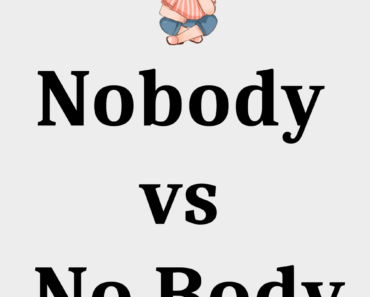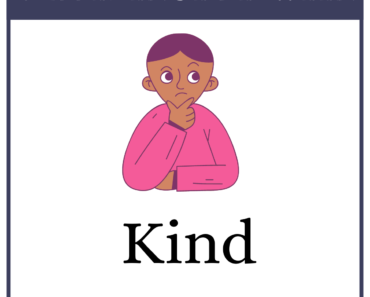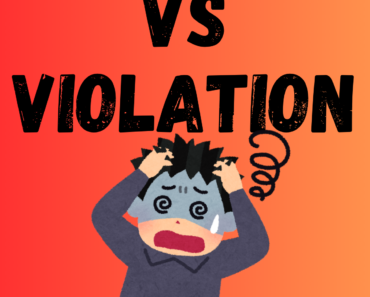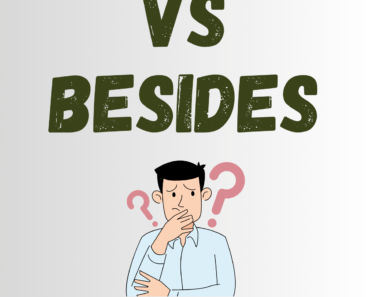“Say” and “Tell” are verbs that both relate to communication but differ in usage. “Say” typically focuses on the words spoken, while “Tell” emphasizes the act of conveying information to someone. “Say” is often used without a direct object, whereas “Tell” usually requires one.
For example, you might “say a phrase,” but you would “tell a story.” Understanding these nuances helps to convey messages accurately in English.
Say
Definition: To express in words or communicate verbally.
Usage and Examples:
- Direct Speech: Used when directly quoting someone.
- Example: She said, “I’ll be back soon.”
- Indirect Speech: When reporting what someone has said without direct quotes.
- Example: He said that he would join us later.
- General Communication: Used when referring to speaking without specifying a listener.
- Example: People say that laughter is the best medicine.
Tell
Definition: To inform, narrate, or communicate something to someone.
Usage and Examples:
- Informing or Instructing: Used when providing information or giving orders to someone.
- Example: Please tell me the truth about what happened.
- Narrating: Used when recounting a story or event to someone.
- Example: She loves to tell stories about her travels.
- Command or Order: Used to give someone instructions.
- Example: I told him to finish his homework before going out.
Understanding the context of your message will guide you in choosing the appropriate verb. Use “say” when you focus on the spoken words themselves, and use “tell” when the act of informing or narrating to someone is emphasized.







